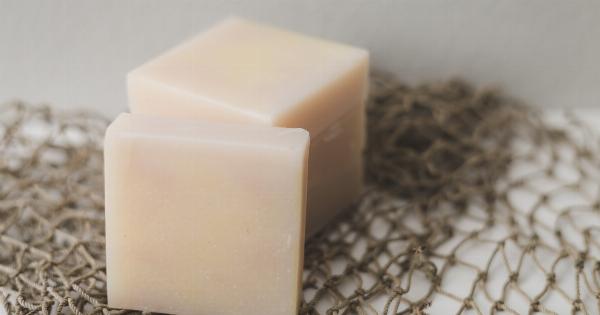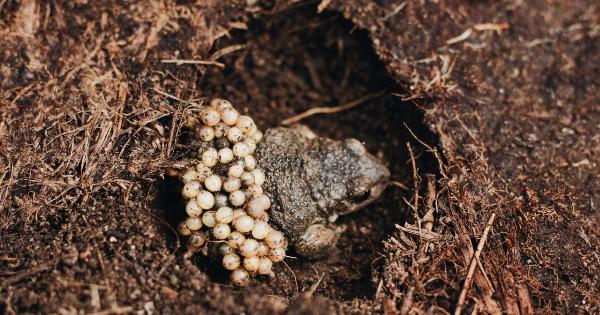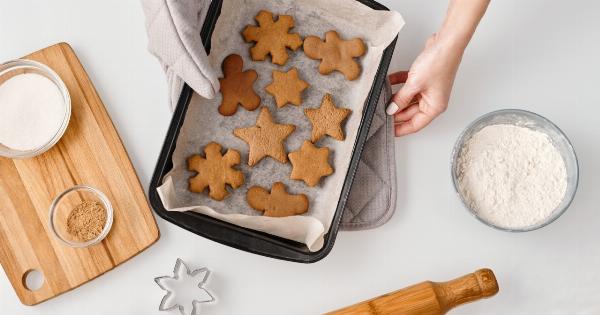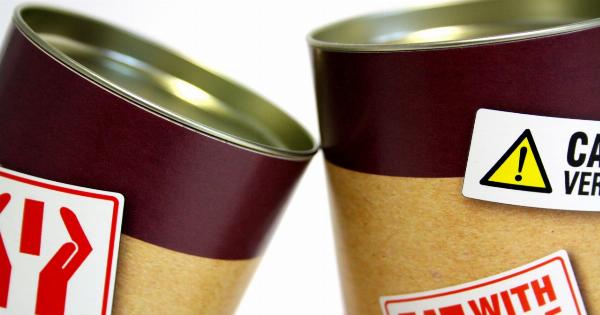If you find yourself frequently experiencing allergy symptoms, such as runny nose, sneezing, and itchy eyes, it’s possible that you are allergic to mold.
Understanding Mold Allergies
Mold is a type of fungus that thrives in moist environments and can be found both indoors and outdoors. It reproduces by releasing tiny spores into the air, which can trigger allergic reactions in some individuals.
Mold spores are lightweight and can easily be carried through the air, causing respiratory symptoms when inhaled.
Common Mold Allergy Symptoms
When exposed to mold spores, individuals who are allergic may experience a range of symptoms, including:.
- Nasal congestion
- Runny or stuffy nose
- Sneezing
- Coughing
- Itchy or watery eyes
- Postnasal drip
- Itchy throat
- Wheezing
- Shortness of breath
- Skin irritation or rash
It is important to note that these symptoms may vary in severity depending on the individual’s sensitivity to mold and the level of exposure.
Identifying Mold in Your Environment
In order to effectively manage your mold allergy, it is crucial to identify the source of mold in your environment.
Mold can often be found in areas with high moisture levels, such as bathrooms, kitchens, basements, and areas affected by water leaks or flooding. Look for visible signs of mold, including black or green spots on walls, ceilings, or other surfaces.
Additionally, pay attention to musty odors, as they can indicate the presence of mold even if it is not immediately visible. It is important to address any mold issues promptly to prevent further exposure and worsening of allergy symptoms.
Preventing Mold Allergy Symptoms
Here are some measures you can take to minimize your exposure to mold and alleviate allergy symptoms:.
1. Keep Your Home Dry
Ensure that your home is properly ventilated and maintain low humidity levels. Use dehumidifiers or air conditioners in areas prone to high moisture to help reduce mold growth.
2. Fix Water Leaks
Promptly repair any water leaks or plumbing issues in your home. Mold can quickly grow in damp, moist areas, so it is essential to address these problems promptly and thoroughly dry affected areas.
3. Clean and Dry Wet Surfaces
Wipe down wet surfaces such as countertops, sinks, showers, and bathtubs to prevent the growth of mold. Make sure to thoroughly dry these areas after use.
4. Use Mold-Resistant Products
When renovating or remodeling, opt for mold-resistant products such as mold-resistant drywall, paints, and insulation. These can help inhibit the growth of mold in your home.
5. Regularly Clean and Vacuum
Regularly clean and vacuum your home to remove any mold spores that may have settled on surfaces or carpets. Use a vacuum cleaner with a HEPA filter to ensure that captured spores are not released back into the air.
6. Limit Outdoor Exposure
On days when mold counts are high, try to limit your outdoor activities to minimize exposure to mold spores. Check local pollen and mold counts before planning outdoor activities.
7. Use Allergy-Proof Covers
Consider using allergy-proof covers for pillows, mattresses, and upholstered furniture to create a barrier against mold spores.
8. Seek Professional Help
If you suspect a significant mold problem in your home, it may be necessary to seek professional help. A mold remediation specialist can inspect your home, identify the source of mold, and guide you through the remediation process.
Conclusion
Mold allergies can cause significant discomfort and impact your overall well-being.
By understanding the signs and symptoms of mold allergies and taking preventive measures, you can effectively manage your allergy symptoms and reduce your exposure to mold. Remember to keep your home dry, address any water leaks promptly, and maintain proper ventilation to minimize the growth of mold.
If your symptoms persist or worsen, consult with a healthcare professional for appropriate diagnosis and treatment options.






























